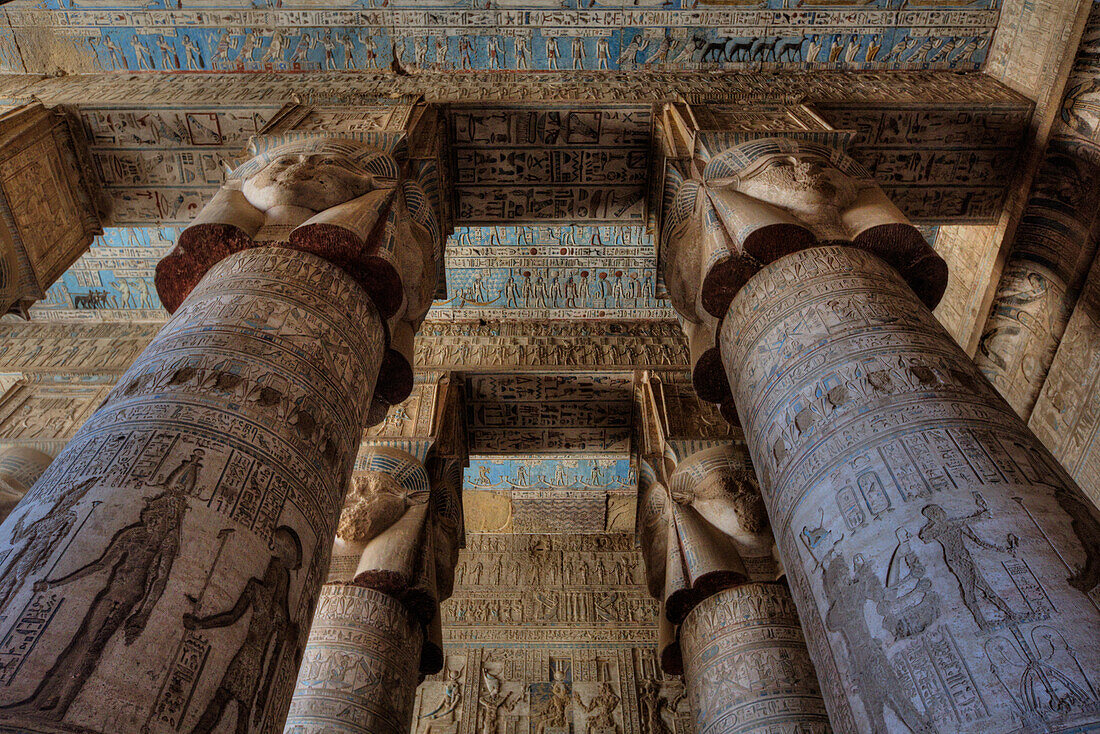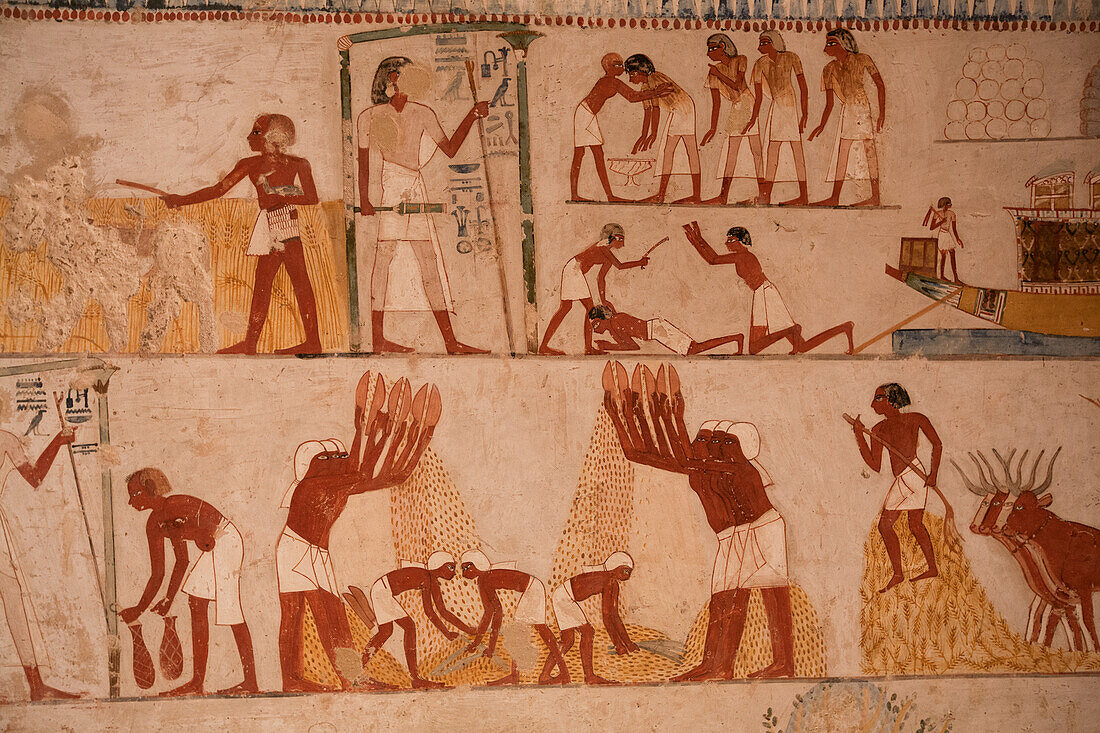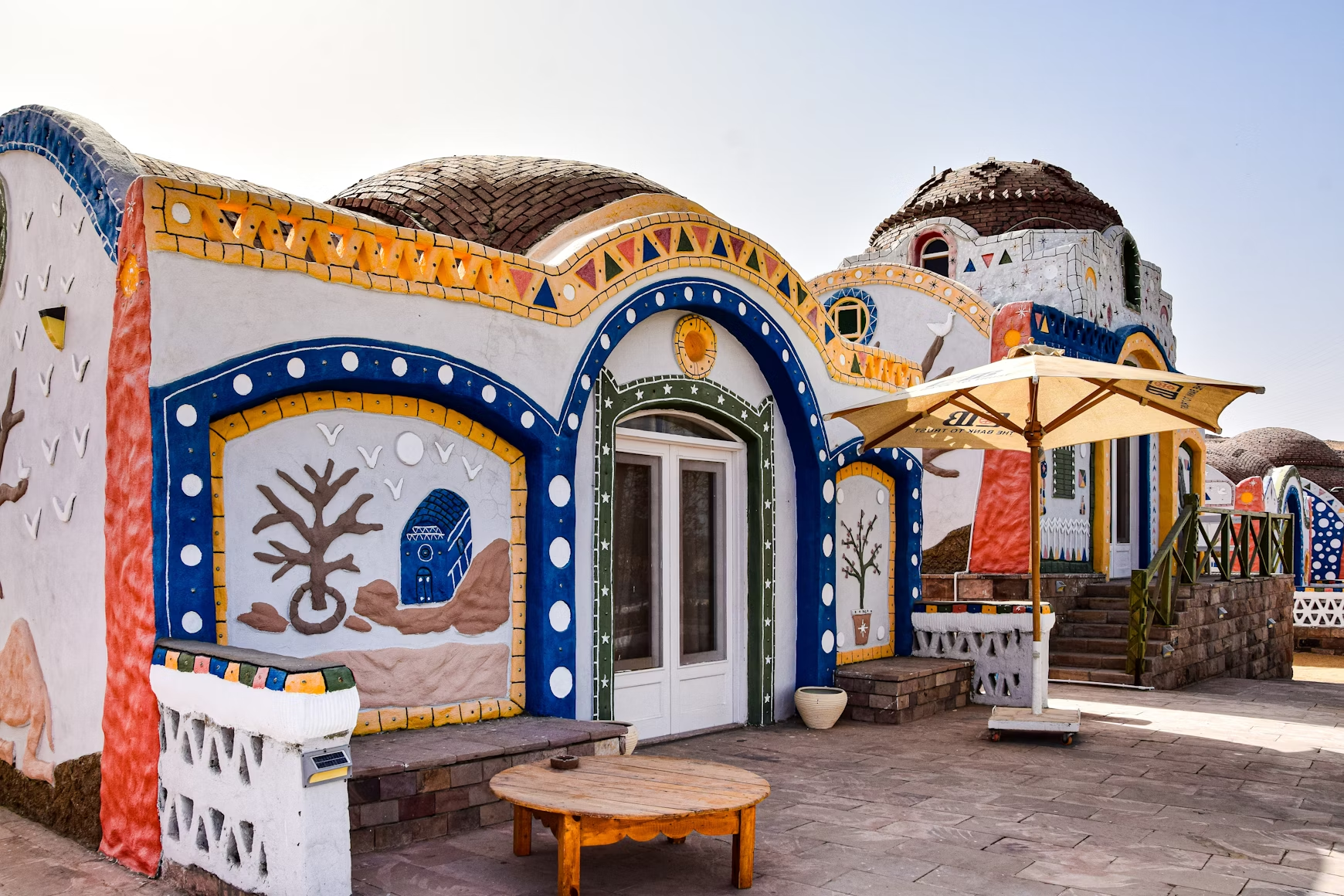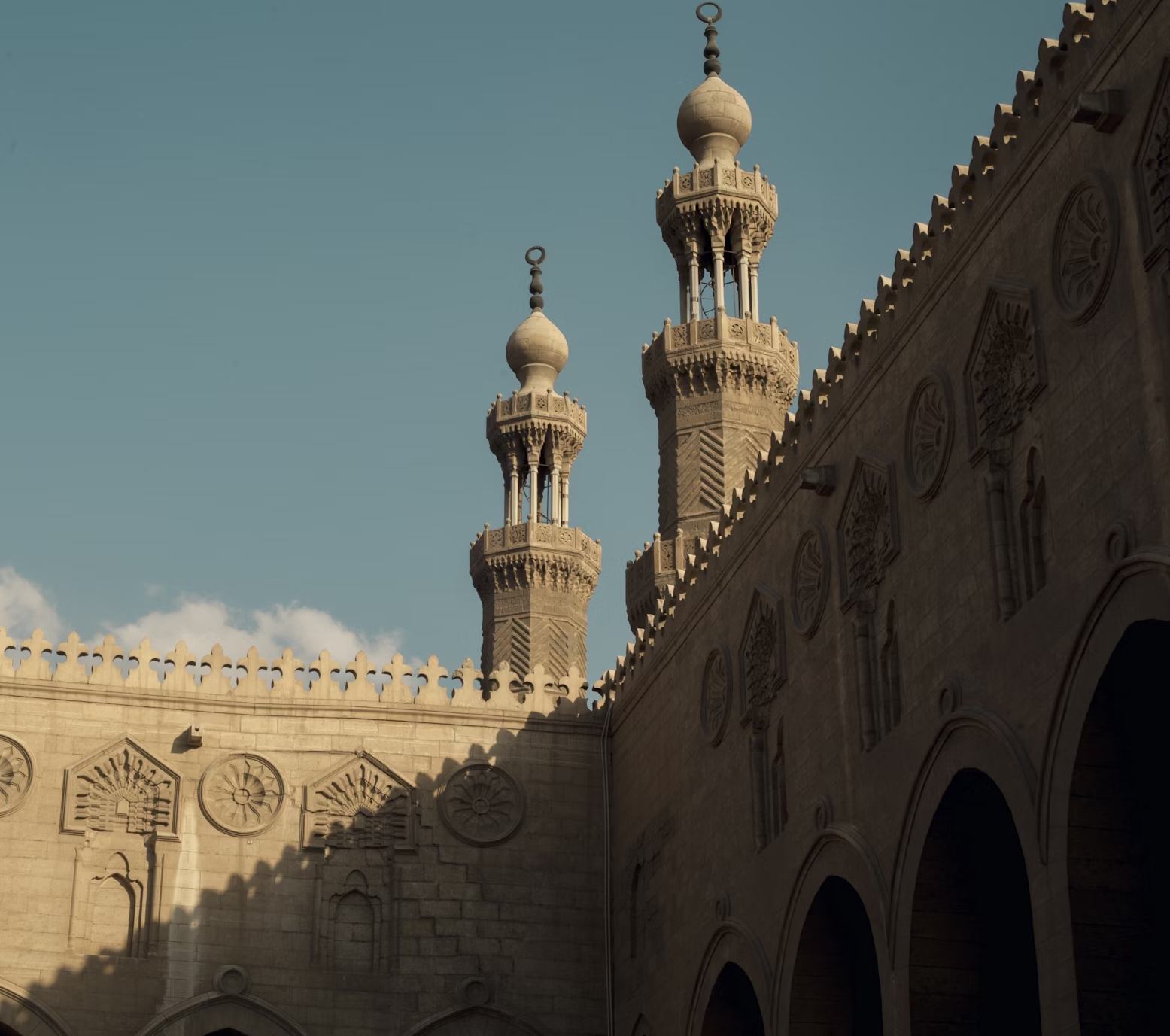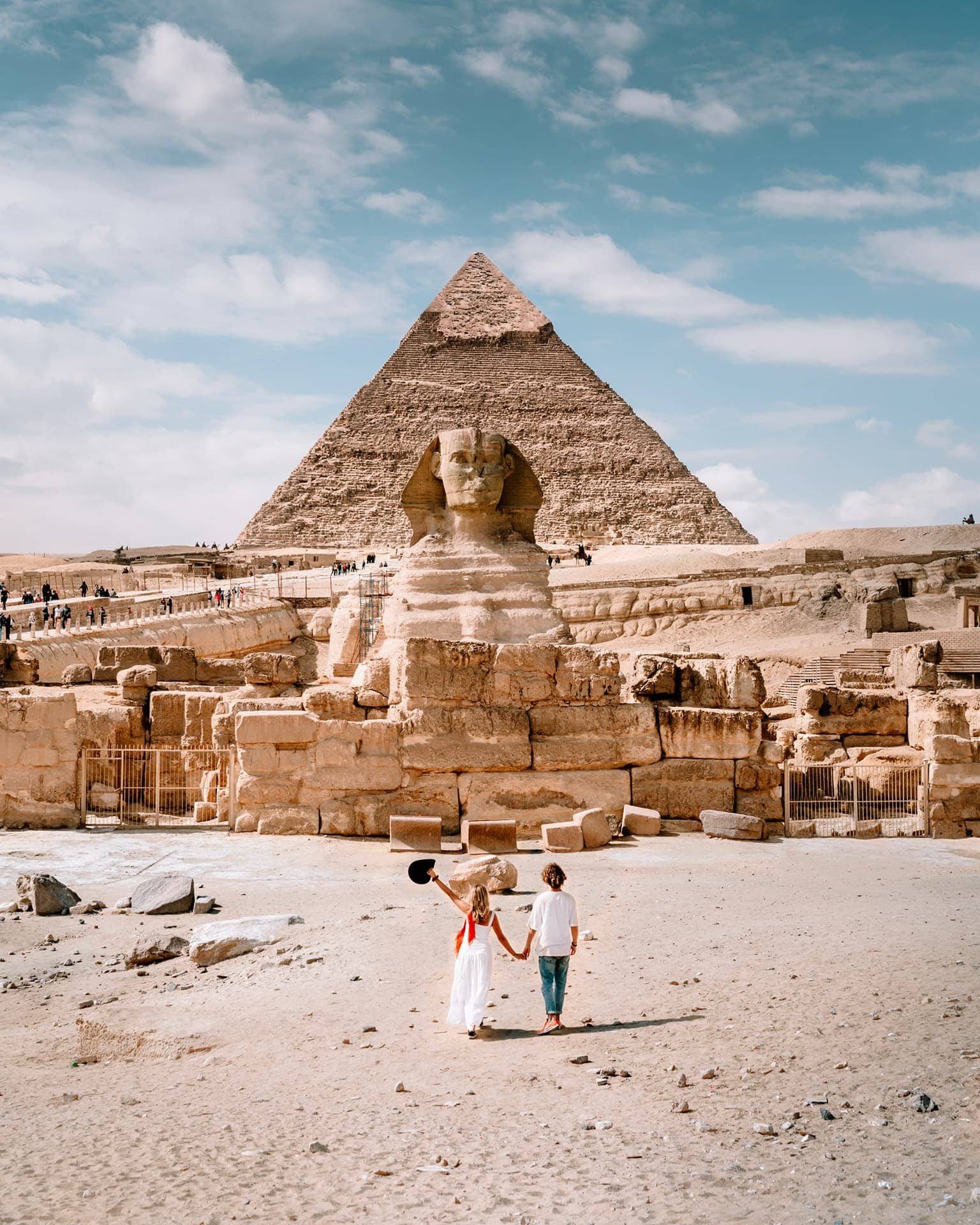Dendera Temple History
Dendera Temple is an age-old, multi-millennial heritage site and one of the top sites in Luxor. It is believed that the foundations of the structure were first laid in the Old Kingdom (2613-2181 BCE), but most of the present structure was built during the Ptolemaic period, spanning 332 to 30 BCE. The Ptolemies, the Greek rulers of Egypt after Alexander the Great's conquest, respected Egyptian traditions and brought the customs of Egyptian religion into their practice. They, therefore, added and refurbished temples such as that of Dendera.
The temple was consecrated to Hathor, the widely worshipped goddess of love, beauty, joy, music, dancing, and fertility in all of Egypt. She was usually represented as a cow, as a woman whose head was adorned with cow's horns, or as a woman who held a scepter and ankh in her hands. The Dendera Temple's facts refer to the time when the cult of Hathor flourished in Dendera during the Ptolemaic period, as the temple served as a major pilgrimage and worship center place. Over time, the temple has been expanded and refurbished several times, especially during the reigns of some Roman emperors, like Tiberius and Nero, whose names can be read all over it.
Architectural Wonder of the Dendera Temple
Dendera temple is famous for its fusion of architecture from ancient Egypt and Greco-Roman influences, it boasts excellent columns with very delicate carvings and enormous pylons leading into the temple. Of all the things that make for adventure on trips to Egypt, one is the Dendera Zodiac impressive astronomical relief found on the ceiling of the inner sanctum. The zodiac illustrates not just the signs of the zodiac, but also constellations and celestial bodies, revealing the Egyptians' vast knowledge of the night sky.
Well known besides its sculpture in the sky, the temple is also characterized by harmonious proportions and precise architecture. The main temple is dedicated to Hathor, and its position is determined by both solar and lunar cycles, corresponding to the Egyptians' close relationship between their religious observances and astronomical knowledge. The outer courtyards, minor chapels, and sacred annexes in the temple create an ambiance that immerses the visitor in Egypt's spiritual world.
Dendera Temple Reliefs and Hieroglyphs
It is one of the few aspects that make Dendera Temple so different from others; numerous relieves and hieroglyphs covered the very long walls. Those carvings represent a vast mythological and religious context that usually contains Hathor in her many forms from a cow to a lady with horns. This relief represents Hathor's interaction with pharaohs and gods, therefore reinforcing her image as a maternal, protective figure. It's one of the most important attractions of Luxor because it will allow you to delve even deeper into Egypt's spiritual and artistic heritage.
Examples of famous reliefs are the Dendera Zodiac, which is a star map representing various constellations and other celestial symbols. The reliefs served not only in religious functions but also in other manners. Certainly, it confirmed the divine rights of the pharaohs to rule, with Hathor acting as a spiritual protector. Rituals and offerings depict divine events on the walls of the temple, creating the imagery of the religious and royal life of ancient Egypt.
The Sacred Lake of the Temple at Dendera
The sacred lake came to represent one of the important methods of purification practiced in the Dendera Temple complex. What was considered the divine property of water purified, it was believed, was the one who intended to enter the temple after performing rituals at the sacred lake. This sacred lake lies directly before the main structure, suggesting even the Nile River itself, which formed the lifeblood of Egypt and a clear connection to the gods. Such a serene, highly significant place should not be missed when sightseeing Luxor and offers a greater understanding of probable ways in which ancient Egyptians practiced their religion.
In addition, the lake was employed for such sacrificial rites where priests interceded before Hathor. Indeed, a sacred lake in ancient Egypt was regarded as a nexus point between the material world and that of the divine. Today, visitors can savor the hush of the lake and reflect on its history and importance.
The Importance of Hathor at Temple Dendera
Hathor, the goddess to whom the temple is dedicated, is the primary subject of Dendera Temple. Hathor was the most celebrated and renowned deity in ancient Egypt and was considered to be related to love, music, dance, beauty, and fertility. The divine mother was also known to be the guardian of women and children and often represented in the form of a cow or a cow-headed woman. The temple complex is filled with representations of Hathor in all different forms and testifies to the vital function she played in the spirituality and daily life of the Egyptians.
Most often shown by the Dendera Temple is Hathor who feeds and protects the pharaoh. The reliefs and plan of her temple reveal one of this tempestuous lady symbolizing both the divine and earth-bound properties. Being identified with fertility and motherhood made her important in religious practices, and worship at Dendera was an essential part of that local community's spiritual life.
Dendera Temple is a temple that shows the devotion of ancient Egyptians to their religion and architectural skills. Its structure is well preserved; the reliefs are great, and its history is intriguing. Therefore, it is among the most important but underappreciated historical places in Egypt. A visit to Dendera would, therefore, appeal to people interested in ancient religion, art, or architecture as it provides a deep understanding of Egypt's glorious past and how the country made its mark on the ancient world.
 English
English
